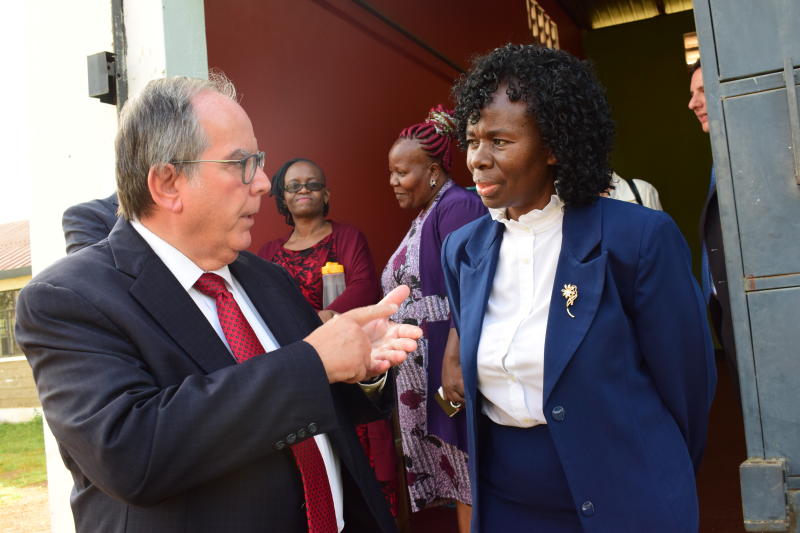
Ever heard of maize sandwiches? Or thought of chapati made from maize? Far-fetched as it seems, reality of these products is here with us following the launch of a technology capable of making various sizzling maize products.
Smart Harvest attended the launch of nixtamalisation milling machine that mills treated maize into a raw material for an assortment of value-added maize products. Onlookers watched in awe as a variety of maize food items they had never seen before were served by Mexican experts during the launch at Jomo Kenyatta University of Agriculture and Technology, Juja campus.